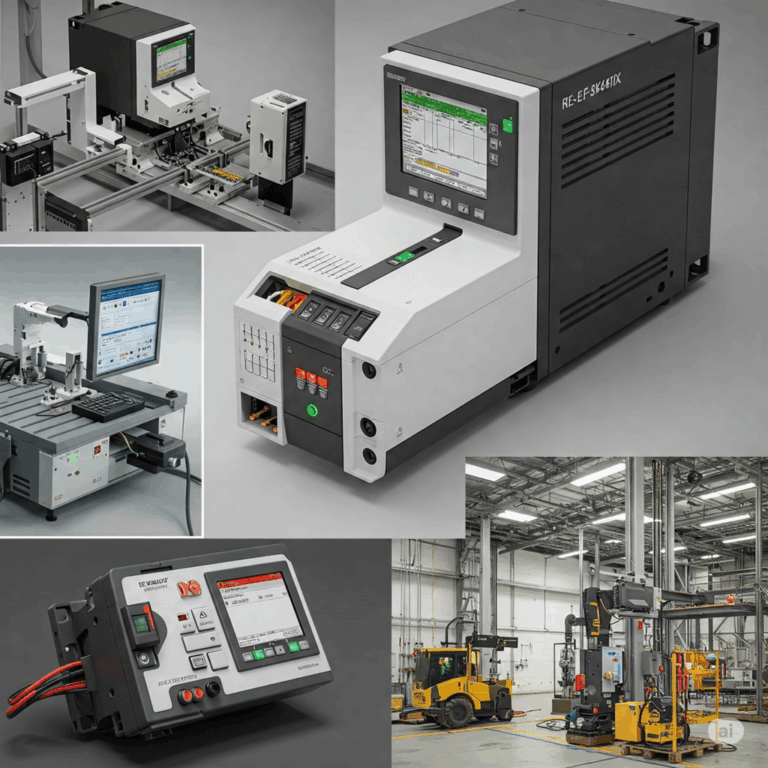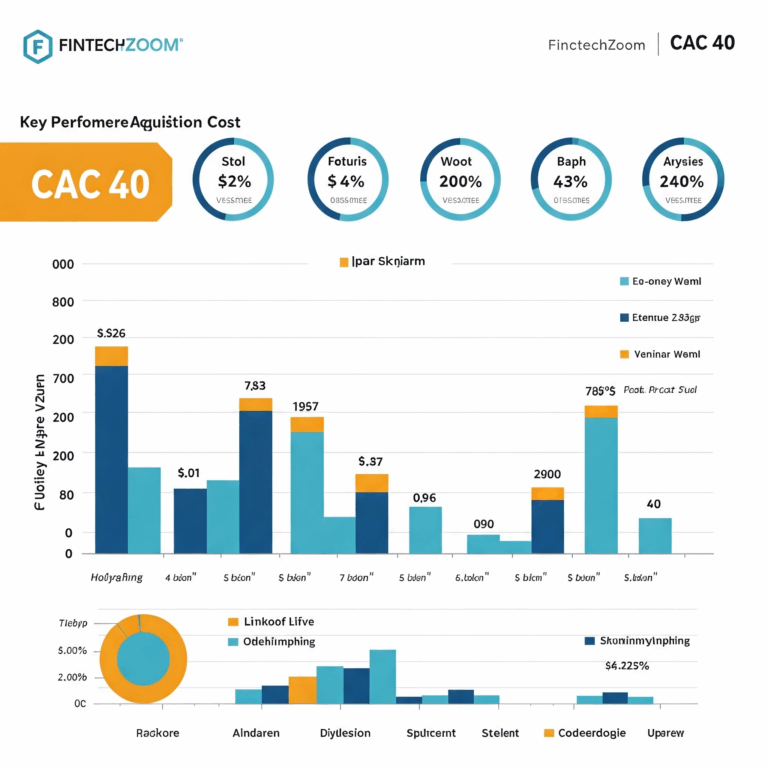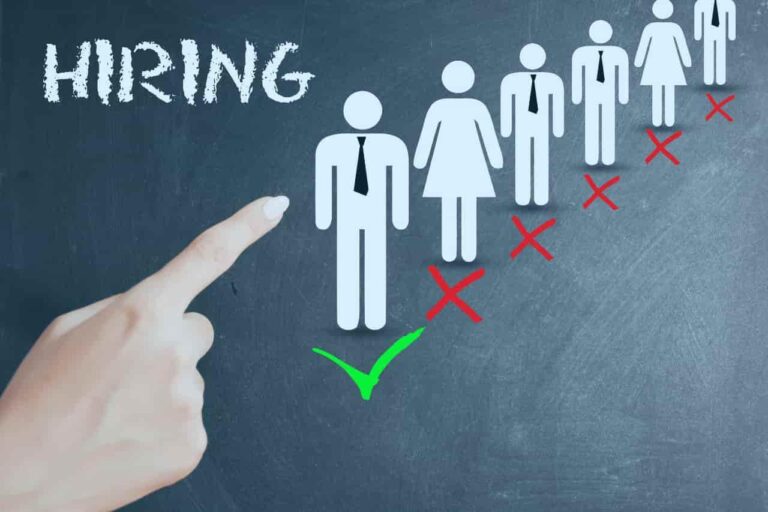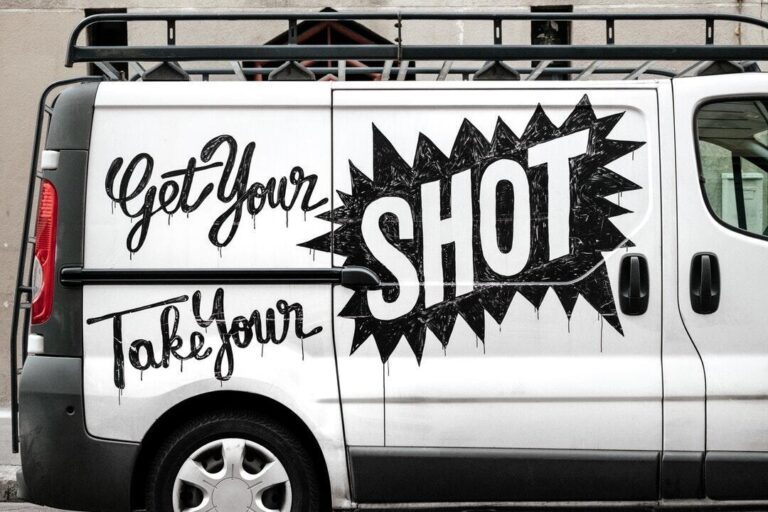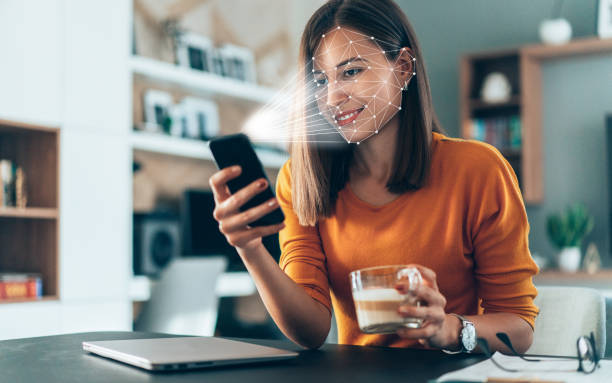
Manual vs Automated Photo Verification
At the rate at which fraudulent activities are increasing, it is more paramount than ever to accurately authenticate individuals before granting them access to services or systems. Malicious actors with unethical intentions use stolen or manipulatively obtained identities of people to conduct nefarious activities. In the disguise of other personas, fraudsters often evade authentication systems and get illegitimate access to services. Photo verification, a critical component in ID verification, offers greater security and preserves the integrity of digital personas.
Before the advent of technology, manual photo ID verification was conducted to validate the credibility of the person claiming identity. However, with technological advancements, the procedure has become much more convenient and secure. Let’s expand both manual and automated photo ID verification procedures and explore the pros & cons.
Looking into Manual Photo Verification
Manual photo verification is the traditional method of ID verification, where humans manually verify the identity of the individual by matching the face against government-issued documents like a driver’s license or passport. This process relies on human expertise and resources to confirm the reliability of the person and mitigate the risks of fake identities.
Strengths of this Approach
In manual photo verification, humans match the face of the person claiming the identity against the physical ID documents. Humans are capable of detecting subtle variations or micro-expressions, which are often neglected by photo verification systems. A blurred photo can affect the reliability of the system, however, humans can validate the identity even in low light or at different angles.
The use of manual verification can be tailored to business needs and requirements. It depends upon the level of security acquired, as human reviews are often more valued than systems. Humans can observe the anomalies that systems can’t, however, the choice of using this approach may from business to business.
Drawbacks & Challenges
Photo ID verification through a manual process is relatively slow, it’s time-consuming, and a quite huge volume of staff is required to execute the authentication process. Handling a large volume of verification could be delayed and could be tiresome for staff and users as well. Furthermore, manual verification requires a high cost for implementation, as to accommodate staff operational costs would substantially increase. There is a possibility of potential errors or mistakes, leading to inconsistencies in the verification process and its credibility.
Quick Insights into Automated Photo ID Verification
Photo verification online has become a prevalent ID verification and adopted by many industries globally due to the accuracy and security this approach provides. This approach involves the integration of advanced technology to validate the identity of users without requiring human expertise. Advanced AI algorithms and machine learning models are used to verify the users by matching the live selfies or presented against the registered data. The tools automatedly validate the presence of a genuine person and ward off fabricated identities.
Positive Aspects
The most essential positive aspect of online photo verification is that algorithms can facilitate the verification of thousands of individuals in real-time. Automated verification of identities potentially enhances the speed of verification and eliminates the need for human expertise. Moreover, the advanced algorithms are trained on a large dataset of identities, enabling the accurate quick verification of individuals.
Online photo verification facilitates large-scale businesses to accurately authenticate the identity of individuals during onboarding and logging. This approach is beneficial for many industries including law enforcement, financial institutions, online platforms, or healthcare, enhancing security and offering quick verification.
AI-powered photo verification system accurately authenticates genuine individuals in real-time and flags fabricated identities, reducing the potential risks of fraudulent identities. Such technologies can easily be integrated into the existing infrastructure and emerge as the ideal choice for businesses working at large scale.
Negative Aspects
Undoubtedly, online photo verification offers great potential, however, certain concerns and challenges are affecting the overall efficiency. There are chances of false identification and biases in verification, particularly when the provided images are blurred or have lighting issues. A significant amount of investment is required to deploy these advanced technologies into the existing authentication systems, limiting their widespread adoption.
Users often raise questions about the security and storage of their sensitive information. They raise concerns about who has access to their confidential information and what security protocols are there to protect against data breaches.
What’s the Right Approach
The main motive behind photo ID verification is to accurately authenticate individuals and keep out unauthorized access. The question, of which approach is a suitable choice for use, totally depends upon the business requirements and the level of security required to reduce fraudulent activities. Both verification methods have pros and cons, but automated photo verification is largely deployed to validate the identity of individuals with increased accuracy and high speed. Moreover, the automated process reduces the wait times and makes it easier for users to prove their identities. Finding the right balance and combining approaches depending upon the requirement could offer potential benefits.

